胡安・米羅 Joan Miró
近期展覽 Current & Recent Exhibition
米羅與版創藝術的「深度」實驗
Miro and the Experiment of Fine Art Prints in ‘Depth’
2024.04.13 - 2024.06.20
書中自有 ⋯⋯ 版畫書的雙重饗宴
The World within ⋯⋯ Pas de Deux of Original Prints and Books
2024.02.07 - 2024.03.31
作品 Artworks
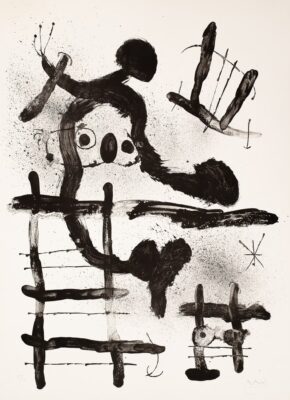
彈弓之鳥
The Slingshot Bird
石版畫
Lithograph
71 x 54.5 cm, 1965
Price on Request

Mourlot版畫工作室紐約開幕紀念版畫
Poster for the Opening of the Mourlot Atelier in New York
彩色石版畫
Color lithograph
73.5 x 54.5 cm, 1967
Price on Request

無歸屬之錘
Le Marteau Sans Maître
原創石版畫
Color Lithograph
48.5 x 64 cm, 1978
Price on Request
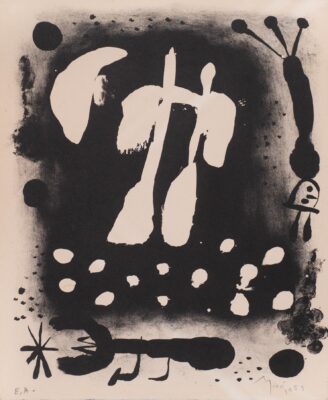
60大壽紀念創作
Catalogue de L'exposition 'Recent Paintings 1953'
石版畫
Lithograph
30 x 23 cm, 1953
Price on Request

向米羅致敬
Hommage à Joan Miro
彩色蝕刻、細點腐蝕、金鋼砂
Color Aquatint Etching and Carborundum
68 x 50 cm, 1973
Sold

睡眠的武器
Les Armes du Sommeil
彩色蝕刻、細點腐蝕、金鋼砂
Color Aquatint Etching and Carborundum
51.5 x 62.5 cm, 1970
Price on Request
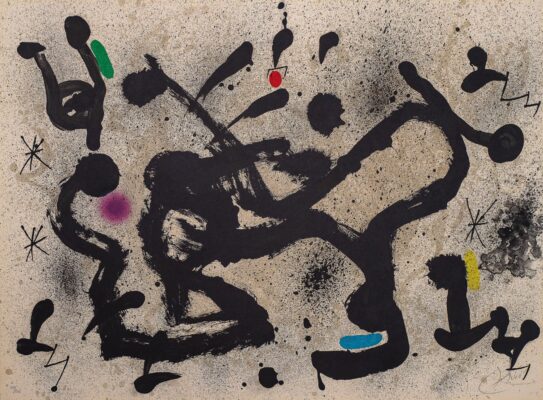
向 Joan Prats 致敬
Homenatge à Joan Prats
彩色石版畫
Color lithograph
56 x 76 cm, 1975
Price on Request
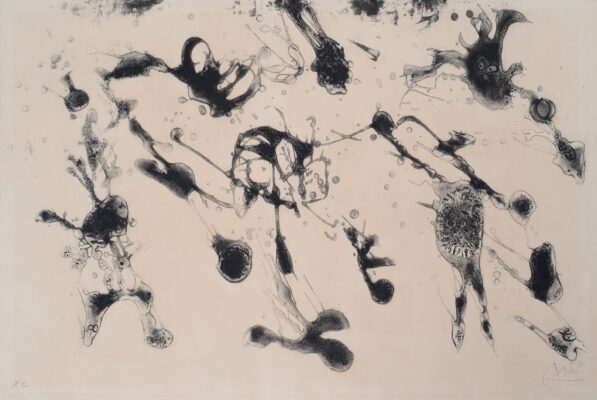
第四版來自巴塞隆納套組
Plate IV, From Barcelona Suite
蝕刻、細點腐蝕、金鋼砂
Aquatint, Etching and Carborundum
70 x 103.5 cm, 1972-1973
Price on Request
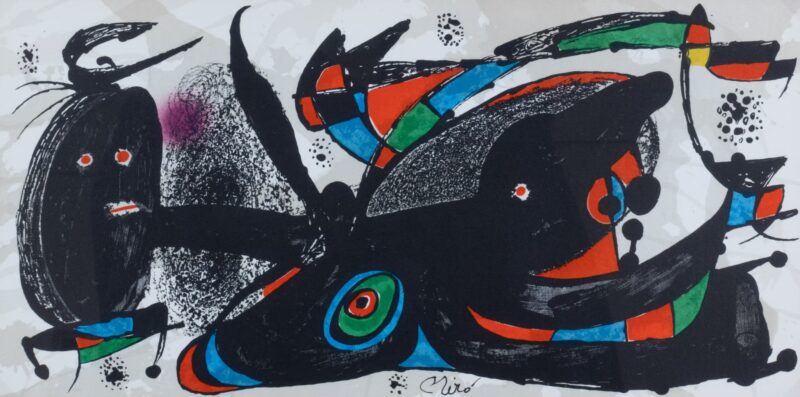
雕刻:英格蘭
Sculpture: England 940
石版畫
Lithograph
20 x 40 cm, 1974
Price on Request
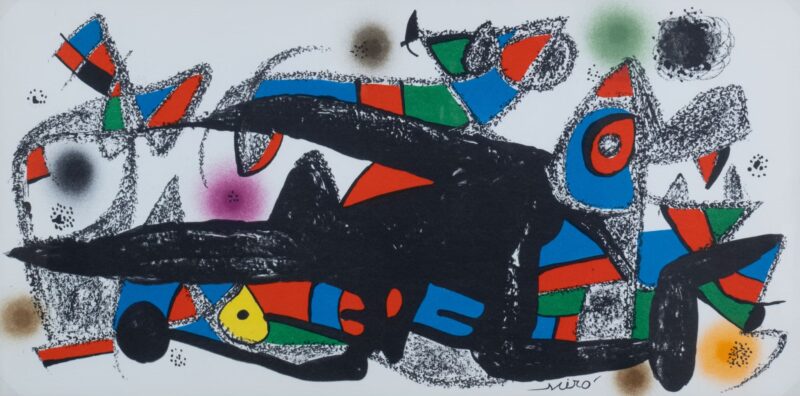
雕刻:丹麥
Sculpture: Denmark 939
石版畫
Lithograph
20 x 40 cm, 1974
Price on Request



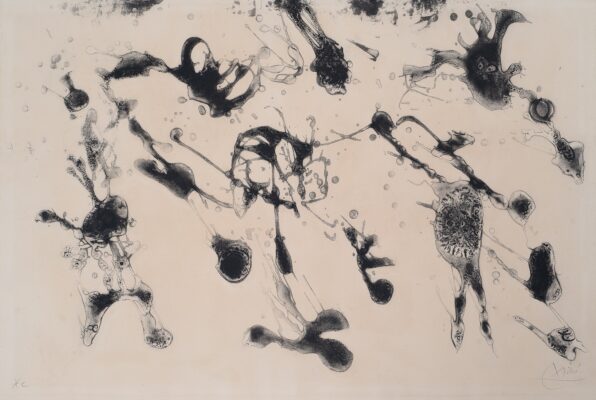
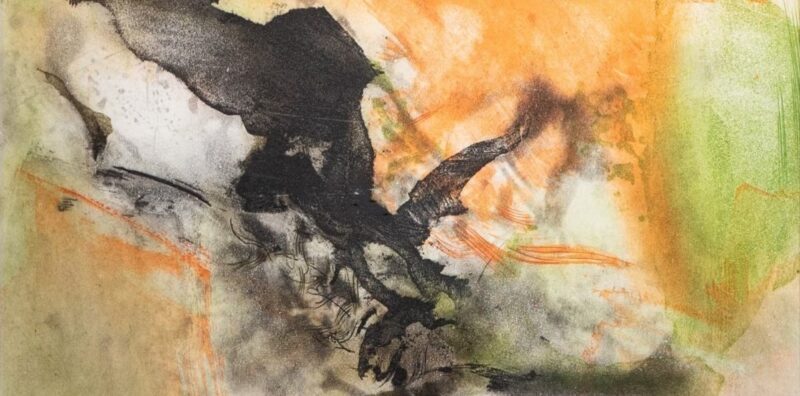

 English
English